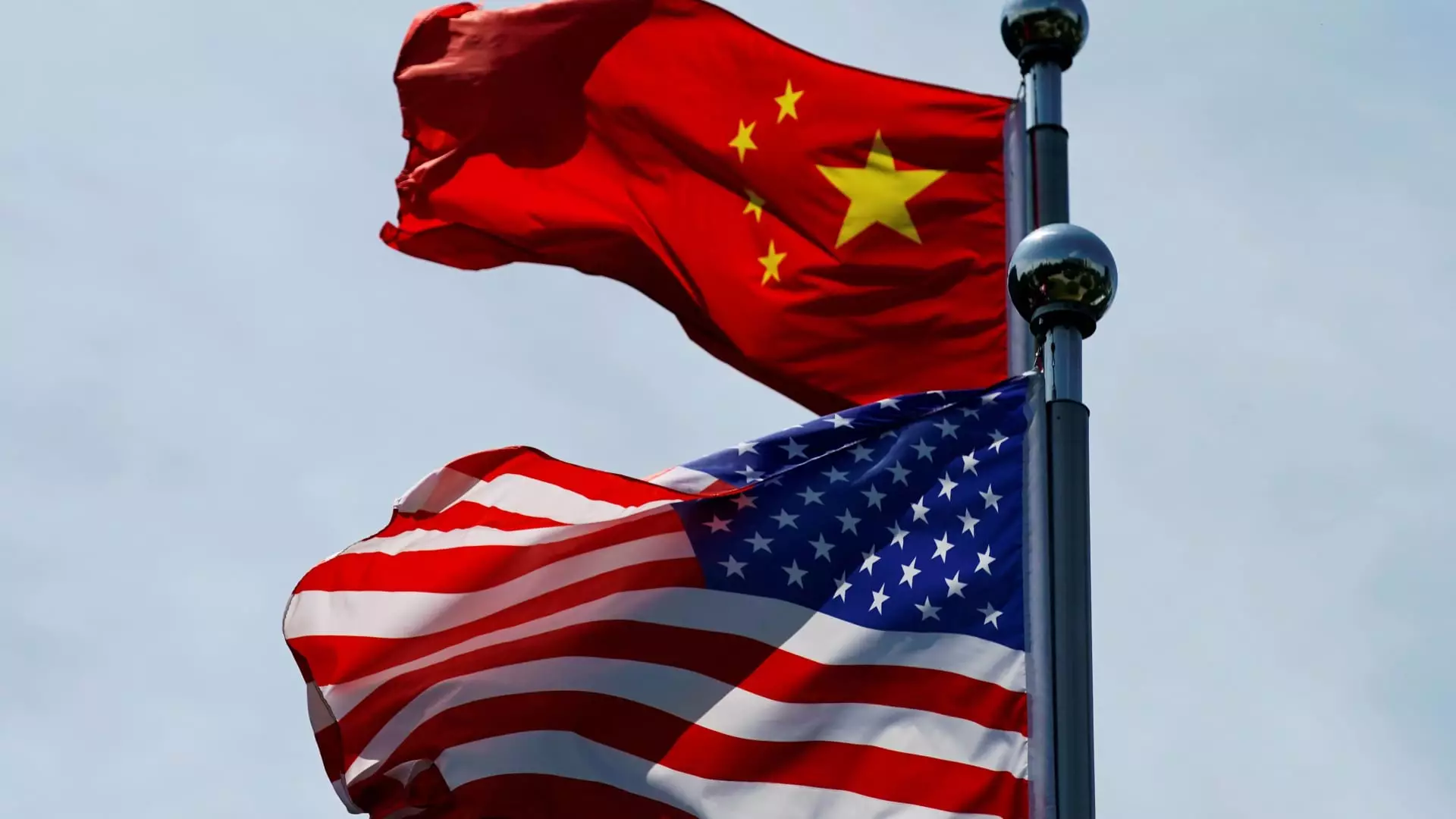In a bold move ahead of his inauguration, President-elect Donald Trump announced his intention to escalate the trade tension between the United States and China by imposing an additional 10% tariff on all Chinese goods. This proposal, revealed through his social media platform Truth Social, followed his earlier announcement of a 25% tariff on imports from Mexico and Canada, suggesting a clear redirection from free trade agreements towards a more protectionist economic strategy. This decision not only reflects Trump’s hawkish stance on trade but also highlights broader concerns regarding illegal immigration and the influx of illicit drugs into the U.S.
The rationale behind Trump’s tariffs is notably tied to the ongoing fentanyl crisis in the United States. Trump has consistently voiced his frustration over what he perceives as China’s failure to curb the production and distribution of this synthetic opioid, which has contributed to a staggering number of overdose deaths nationwide. As Trump articulated, despite discussions aimed at addressing the drug trade, there has been little transformative action on China’s part. By linking the tariff proposal to public health concerns, Trump is attempting to galvanize support from voters who prioritize drug-related issues, emphasizing a narrative that positions the tariffs as a necessary measure for combating a domestic crisis.
Economic analysts are already speculating about the repercussions of Trump’s proposed tariffs on both the U.S. and Chinese economies. Kinger Lau, a chief equity strategist at Goldman Sachs, suggested that a 10% tariff is significantly lower than the previously anticipated 20% to 30%. This adjusted figure indicates a potential moderation in Trump’s initial aggressive trade stance; however, its implementation may still lead to adverse effects on Chinese economic growth. In response, financial experts like Lau predict that China may pursue rate cuts, increase fiscal stimulus, and allow a moderate depreciation of its currency to buffer against the storm of rising tariffs.
Additionally, as Mexico stands as the largest trading partner of the United States, followed closely by Canada and China, retaliatory measures may be inevitable. With such a complex intertwined economy, the risk of escalating trade wars looms large, threatening not just the stability of U.S. trade relations but also global markets as a whole. The reduction of trade with these partners could have ripple effects that might undermine economic growth and access to goods on both sides of the Pacific.
While many observers might instinctively expect China to retaliate swiftly against such tariffs, experts suggest otherwise. According to Andy Rothman, an investment strategist at Matthews Asia, China has historically adopted a more restrained approach when faced with U.S. trade aggression. The absence of immediate strong retorts could indicate a strategic pause, as Beijing weighs its options carefully. This hesitation may reflect a desire to avoid escalating tensions further, especially given the already complicated nature of U.S.-China relations, which are grounded in significant economic interdependencies.
The announcement of these tariffs and their justifications bring forth a multitude of implications for the U.S. economy as well. A stronger dollar against both the Mexican peso and the Canadian dollar signifies that American exports could become less competitive abroad, potentially widening the trade deficit as global markets react. Moreover, as consumer goods become more expensive due to these tariffs, American households might face increased financial strain, further complicating Trump’s narrative of an economically prosperous America.
Trump’s proposed tariffs serve as a critical juncture in U.S. trade policy, encapsulating pervasive issues such as drug trafficking and international relations. The efficacy of such measures remains contested, as economic experts urge caution against potential retaliatory actions and the possibility of a trade war. As Trump moves forward with his agenda post-inauguration, the world will be watching to gauge the true impact of these tariffs on both domestic and global scales.

